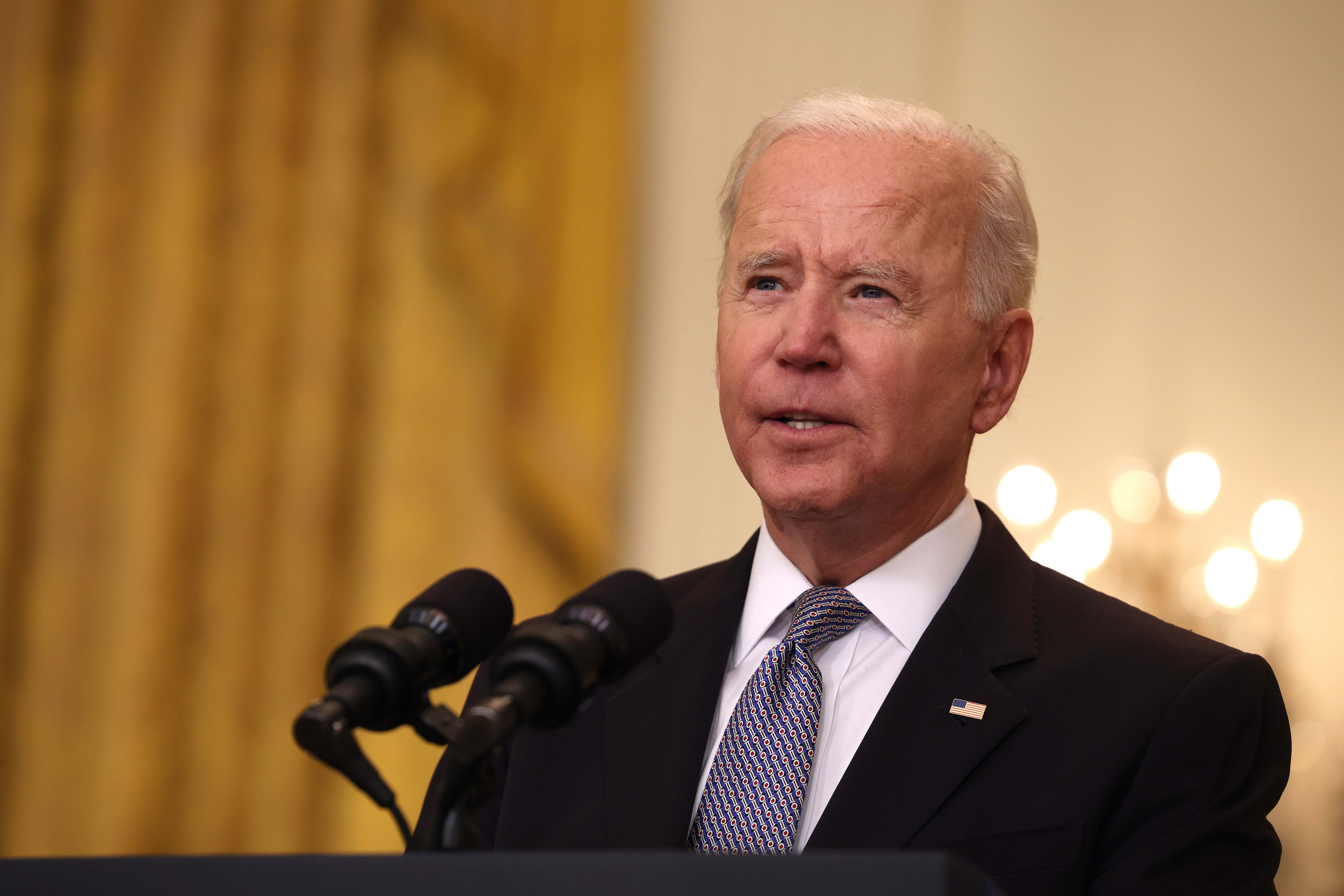Tulsa race massacre: 100 years on, tragedy still resonates through Black community

TULSA, OKLAHOMA: On Tuesday, June 1, President Joe Biden, standing in Tulsa, said: “For much too long, the history of what took place here was told in silence. While darkness can hide much, it erases nothing.” The president further said, "We should know the good, the bad, everything. That's what great nations do. They come to terms with their dark sides. And we’re a great nation."
He was, of course, talking about one of the deadliest racial attacks in the history of the United States. An attack that took place exactly a century ago. From May 31 to June 1, 1921, an angry White mob descended on the Greenwood district, killing as many as 300 people and destroying more than 1,250 homes.
READ MORE

As per the Tulsa Historical Society and Museum, following World War I, Tulsa was recognized nationally for its affluent African American community -- the aforementioned district was a thriving business hub. Its surrounding residential area was referred to as “Black Wall Street.”
The museum notes that the deadly riot’s cause came on the morning of May 30, 1921, when a young Black man named Dick Rowland was riding in the elevator in the Drexel Building at Third and Main with a White woman named Sarah Page. “The details of what followed vary from person to person. Accounts of an incident circulated among the city’s White community during the day and became more exaggerated with each telling,” the museum’s account added.
A clerk at a clothing store reportedly heard a woman's scream and saw a young Black man rushing from the building. The clerk went to the elevator and found Page in a distraught state. Thinking she had been sexually assaulted, he summoned the authorities.
Although the police questioned Page, no written account of her statement has been found. However, the police determined that what happened between the two teenagers was something less than an assault. Page supposedly told the police that Rowland had grabbed her arm but nothing more and that she would not press charges.

Guilty or innocent, Rowland, fearing angry White mobs, fled to his mother's house in Greenwood. Tulsa police arrested Rowland the following day and began an investigation. An inflammatory report in the May 31 edition of the Tulsa Tribune spurred a confrontation between Black and White armed mobs around the courthouse where the sheriff and his men had barricaded the top floor to protect Rowland.
Shots were fired and the outnumbered African Americans began retreating to the Greenwood District. Then, in the early morning hours of June 1, 1921, Greenwood was looted and burned by White rioters. Governor Robertson declared martial law, and National Guard troops arrived in Tulsa. Guardsmen assisted firemen in putting out fires, took African-Americans out of the hands of vigilantes and imprisoned all Black Tulsans who were not already interned. Over 6,000 people were held at the Convention Hall and the Fairgrounds, some for as long as eight days, the museum recorded.
While twenty-four hours after the violence erupted, it ceased; during its course, 35 city blocks lay in charred ruins, more than 800 people were treated for injuries. Historians believe as many as 300 people may have died.
“Dick Rowland, Sarah Page, and an unknown gunman were the sparks that ignited a long smoldering fire. Jim Crow, jealousy, White supremacy, and land lust, all played roles in leading up to the destruction and loss of life on May 31 and June 1, 1921,” says the Tulsa Historical Society and Museum.

Long-lasting trauma
In September 2020, Damario Solomon-Simmons, who leads the board of the Justice for Greenwood Foundation, which seeks to compensate survivors and descendants of victims and survivors, filed suit against the City of Tulsa, the Tulsa Regional Chamber, the Tulsa Development Authority, the Tulsa Metropolitan Area Planning Commission, the Tulsa County sheriff, the Tulsa County Board of Commissioners and the Oklahoma Military Department.
The New York Times reported that among the plaintiffs was a survivor of the massacre, Lessie Benningfield Randle, known as Mother Randle. At 106, Randle, among others, claimed that the defendants participated in or allowed the destruction of their homes. The lawsuit also claims that the city, county and state, as well as insurance companies, never compensated the victims for their losses.
As per the report, the suit does not put a dollar amount on what needs to be repaid because, in part, the plaintiffs allege that the damages from the massacre continue and haven’t fully been tallied. However, it calls for several other steps to be taken, which includes a detailed accounting of the property and wealth lost or stolen as a result of the massacre; the building of a hospital in North Tulsa; the establishment of a fund that would compensate the victims, the survivors and their descendants; and a 99-year break from city and county taxes for survivors and the descendants of those who were killed or injured or had their property destroyed.
Nathan Nunn, an economist at Harvard University, has suggested that the massacre is directly responsible for reducing incomes by an average of 7.3 percent in the Black community. Nunn, in his research, found that the massacre is associated with declines in homeownership, occupational status and educational attainment.
Despite being numerically at a disadvantage, Black Tulsans fought valiantly to protect their homes, their businesses, and their community. But in the end, the city’s African-American population in the Greenwood District were simply outnumbered by the White mob who came to their homes to steal, burn and kill.










